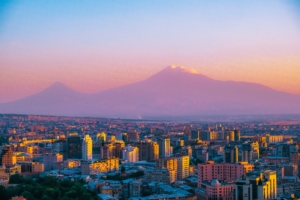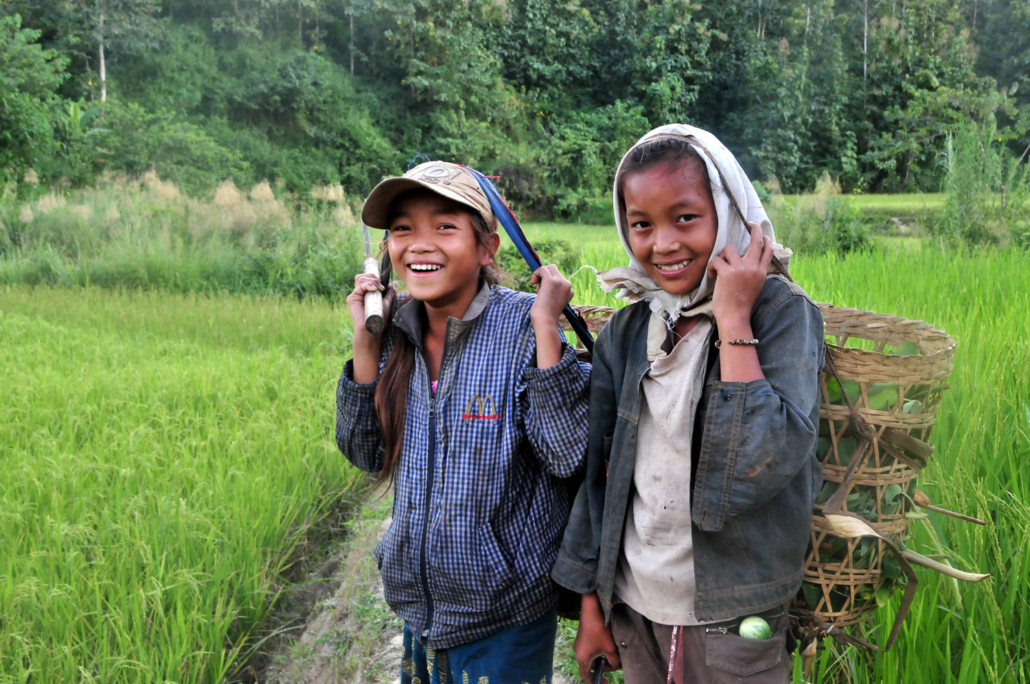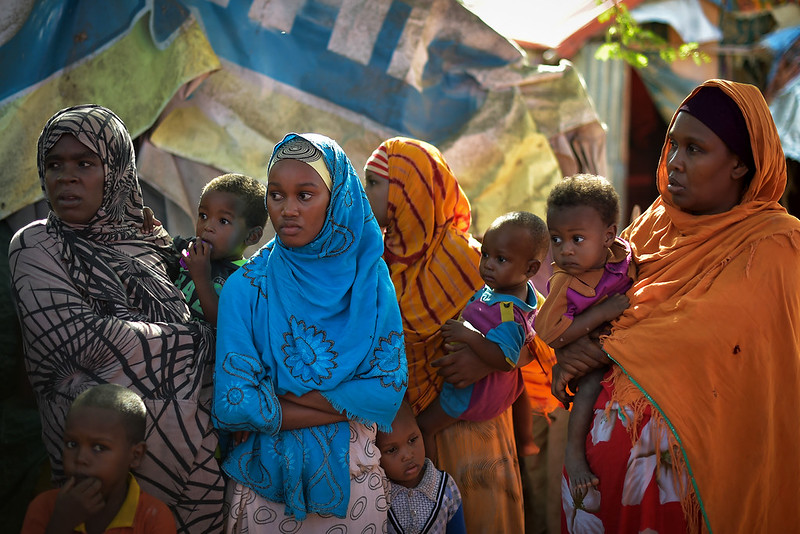 Somalia, the easternmost country of Africa, is also referred to as a “Nation of Poets” or “Nation of Bards” for the Somali people’s deep appreciation for and proficiency with poetry. This form of storytelling has been used in Somali culture as early as storytelling has existed. The earliest poetry in Somalia is from the 18th century; a meditation by Sheekh Cali Cabduraxmaan. This ancient tradition has inspired a newer group that has surfaced just before the COVID-19 pandemic.
Somalia, the easternmost country of Africa, is also referred to as a “Nation of Poets” or “Nation of Bards” for the Somali people’s deep appreciation for and proficiency with poetry. This form of storytelling has been used in Somali culture as early as storytelling has existed. The earliest poetry in Somalia is from the 18th century; a meditation by Sheekh Cali Cabduraxmaan. This ancient tradition has inspired a newer group that has surfaced just before the COVID-19 pandemic.
The Somali Storytellers
The Somali Storytellers is a group of young poets who have banded together in hopes of reaching the people of Somalia, particularly the younger generations who will be shaping the future of the country. The group produces influential works of art and performances that bring out the nation’s history and ancient culture but also get a touch of modernity.
The UNDP founded a Digital Storytelling Bootcamp that took 20 young Somalis and trained them on how to share their meaningful stories around the world using whatever technology they had available such as smartphones or computers. After the training, the poets went on a field trip to Mogadishu where they could record and create stories in public with their community.
Zahra Abdihagi
There were 400 candidates, including Zahra Abdihagi. Although she faced fierce competition from other applicants, her remarkable accomplishments as a writer and storyteller, along with her efforts to promote social change, helped her to rise to the top.
Zahra received a high school education in Canada, and before she had even graduated, she had succeeded in publishing a book of short stories. Since graduating and returning to her home, she has won several awards for her poetry writing. In her efforts to write poetry in Somalia, she has won awards such as placing third in a Somali-language international poetry competition.
After she and the other 20 applicants went through a six-week course on the introduction of storytelling creation using smart technology, Zahra is now a part of other creative workshops, aiding in training 30 other young Somali people in the art of fables. Once the COVID-19 pandemic hit and everyone became isolated, she encouraged the youth to express themselves and share messages with the people to stay safe.
Digital Shelter
In 2020, Digital Shelter asked the women of Somalia to share their stories about these incidents which became a story and a media-driven campaign called the Without Fear project. In 2021, on International Women’s Day, Digital Shelter launched The Cabsi La’aan – The Without Fear Project. Zahra wrote a story that ended up across social media worldwide, reaching also thousands of women in Somalia.
Her poem speaks to the issues she and other Somali women experience online and in their communities. Every day online, women receive attacks on several different fronts including account hacking, blackmailing and various other forms of online bullying. By creating this poetry in Somalia, women can fight back against cyber attacks.
The Somali Storytellers are currently in the process of forming their own company as well. Zahra said, “I see a great future for us. Lots of young people are already asking how they can become storytellers themselves.” Many people are also donating to their cause via their website.
The Future of Poetry in Somalia
Many young Somali Storytellers are currently making their debut as filmmakers. They have recently screened a digital story collection called “Me and My Somalia,” a series highlighting the innovation, resilience, and challenges that Somali communities face. In their ideal future, digital storytelling will be widely available, Somali culture will be accurately portrayed and the media will be crucial in fostering constructive community transformation.
– Taylor Naquin
Taylor is based in Gilbert, AZ, USA and focuses on Good News and Global Health for The Borgen Project.
Photo: Flickr
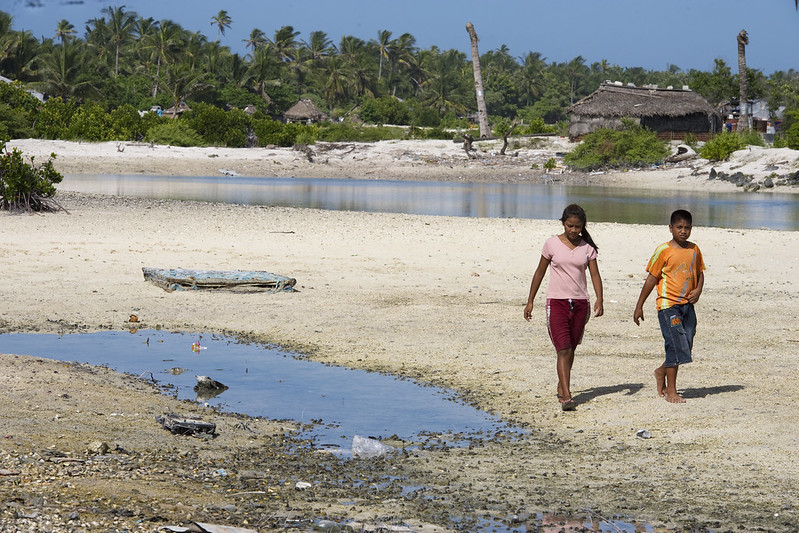
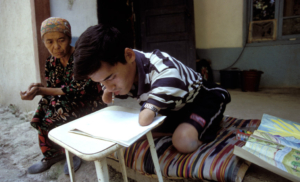
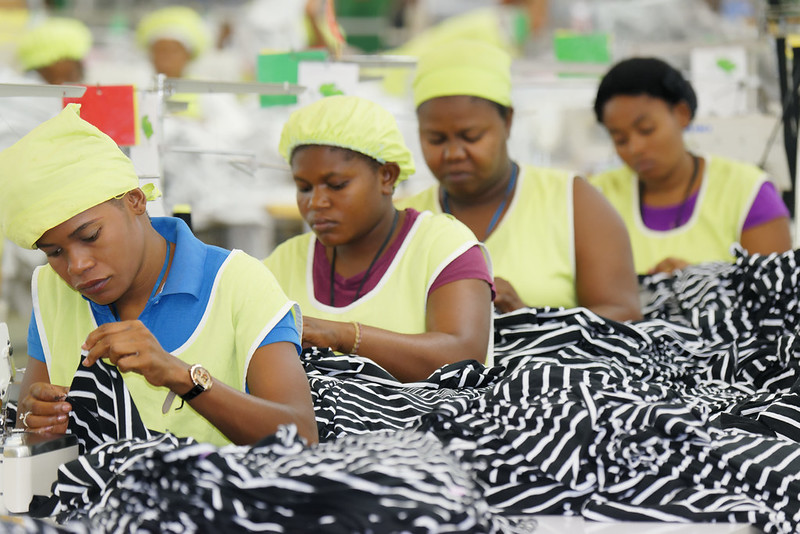 Ranked
Ranked 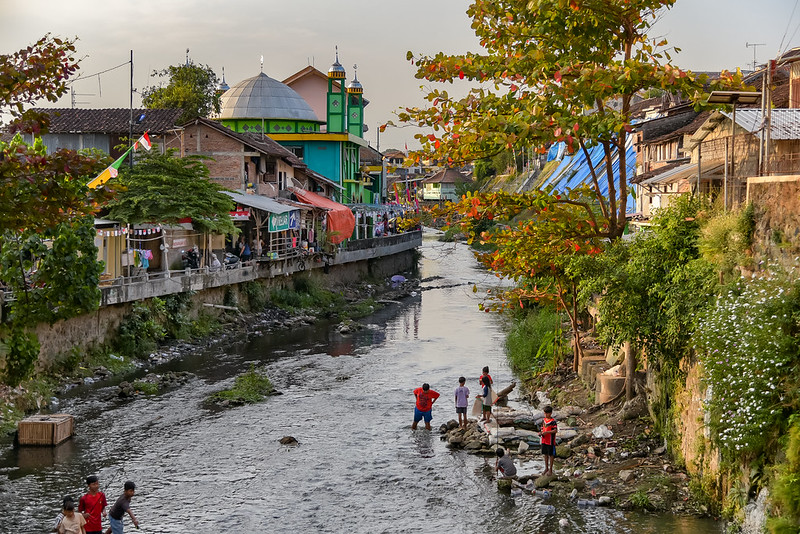
 According to a
According to a 